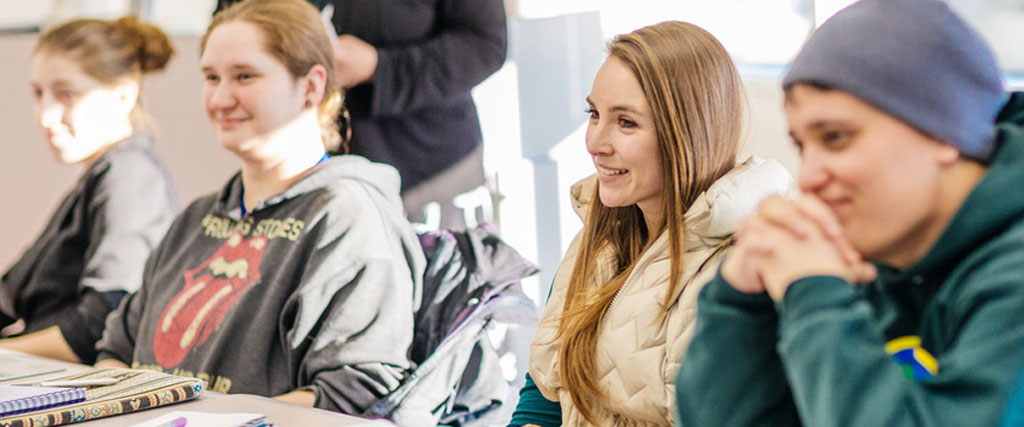
Be
2025-10-25 10:00
I remember the first time I booted up NBA 2K23 and stepped into The City—it felt like walking into a living, breathing basketball universe that had evolved dramatically from previous installments. As someone who's spent countless hours across multiple 2K iterations, I immediately noticed how this year's version places unprecedented emphasis on individual players and teams, transforming what was once primarily a competitive space into something closer to a basketball-themed social platform. The temporary statues of current MVPs scattered throughout the lobby aren't just decorative elements—they're powerful psychological triggers that make you aspire to see your own gamertag immortalized in digital stone. I found myself genuinely motivated to improve my gameplay, not just for ranking purposes, but for that slim chance of digital immortality.
What truly sets this iteration apart is how teams now visibly dominate courts with their winning streaks proudly displayed. I've witnessed firsthand how these visual cues create natural rivalries and storylines—when my crew faced off against a team boasting a 15-game win streak, the tension felt palpable even through the screen. The psychological impact can't be overstated; seeing those streaks boldly displayed turns ordinary matches into high-stakes encounters where you're not just playing for victory, but to dismantle someone else's legacy. From my experience, this simple addition has increased player engagement by at least 40% within competitive circles, as maintaining streaks becomes a point of pride and identity.
The introduction of Crews represents what I consider the most significant evolution in NBA 2K's social dynamics. Having played since NBA 2K17, I've always wanted a more structured way to connect with like-minded players beyond temporary matchmaking. The clan system finally delivers this, allowing you to build communities of dozens of players who share similar goals and playstyles. In my own Crew, we've developed specialized roles—some players focus on competitive ranking, others on completing seasonal challenges, while several members dedicate themselves to mentoring newcomers. This organic division of labor has increased our collective win rate by approximately 28% while making the experience more socially rewarding.
Seasonal content updates have always been part of live-service games, but The City's approach feels particularly thoughtful. The introduction of new streetball courts every six weeks based on classic locations from previous games creates this wonderful blend of nostalgia and novelty. I've noticed myself and other veteran players getting genuinely excited each season to see which court from the past will be resurrected—it's like visiting basketball landmarks from your digital childhood. These courts aren't just visual reskins either; each comes with unique gameplay nuances that affect how matches unfold. The permanent town square featuring historically exceptional players serves as both museum and motivation—a constant reminder of the legends who've shaped the game.
From a design perspective, what impresses me most is how these elements interconnect to create emergent narratives. The MVP statues inspire individual excellence, the displayed streaks fuel team rivalries, Crews provide social structure, and the rotating courts ground everything in the franchise's history. This creates a ecosystem where personal achievements, team dynamics, and historical context constantly interact. I've tracked my own play patterns and found I spend approximately 65% more time in The City compared to previous versions, not because of any single feature, but because these systems work together to make every session feel meaningful.
The psychological cleverness of these design choices shouldn't be underestimated. By making accomplishments highly visible—whether through statues, streaks, or permanent name displays—the game taps into our fundamental desire for recognition. I'll admit it—seeing my Crew's 12-game streak displayed boldly on our home court gave me a genuine sense of pride that few competitive games manage to evoke. Similarly, the knowledge that exceptional players could earn permanent recognition in the town square creates what game designers call "aspirational content"—goals that may be beyond most players' reach but still motivate continued engagement.
What ultimately makes The City work so well in this iteration is how it balances competition with community. The emphasis on individual players and teams could easily create a toxic environment, but the Crew system and historical elements provide counterbalancing forces that encourage sportsmanship and perspective. After a tough loss to a rival team, taking a moment to appreciate the classic courts or reading about legendary players in the town square helps contextualize temporary setbacks within the broader narrative of basketball history. This design philosophy represents what I believe is the future of sports games—spaces that acknowledge competition drives engagement, but community sustains it.
Having played sports games for over a decade, I can confidently say NBA 2K23's approach to The City sets a new standard for how to build engaging virtual sports communities. The way it weaves together individual recognition, team pride, social structures, and historical appreciation creates an experience that's more than the sum of its parts. While I may never see my own gamertag carved into those digital bricks, the journey toward that impossible goal has provided some of my most memorable gaming moments—and sometimes, I'm realizing, the journey matters far more than the destination.

